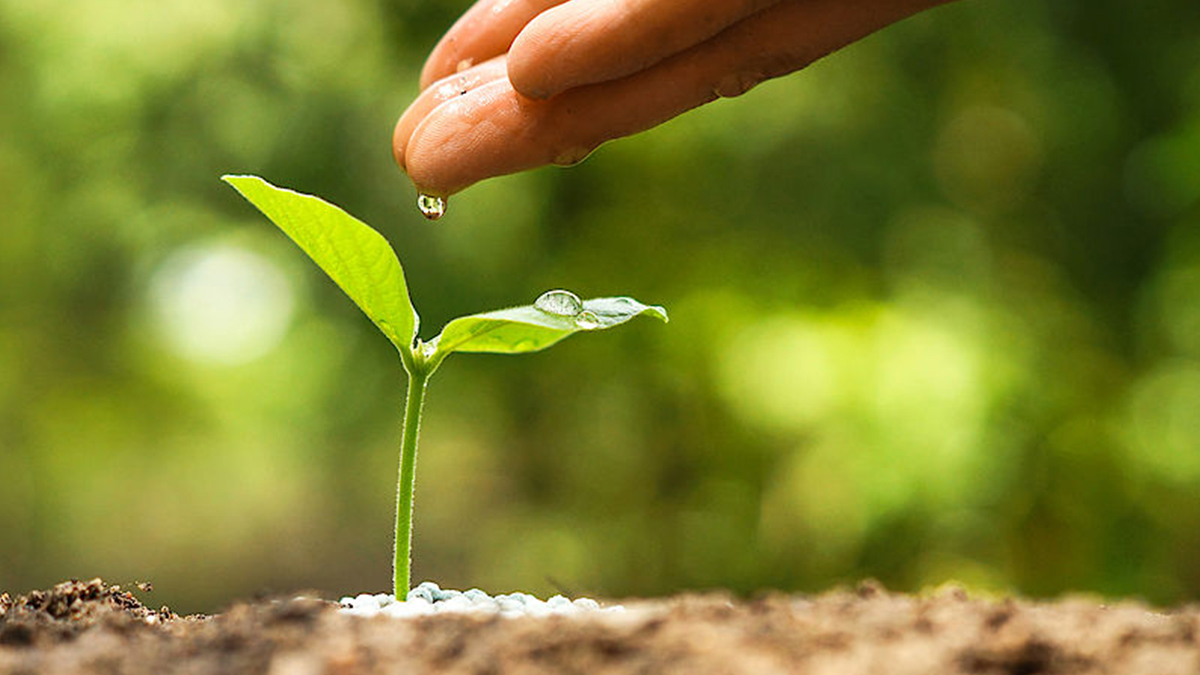Grass shears have long been recognized as an effective solution for trimming grass in areas where traditional lawnmowers cannot reach. They offer precision cutting, allowing gardeners and landscapers to maintain clean, well-defined edges along pathways, garden beds, and other landscaping features. Advances in materials and design have improved their efficiency, durability, and ease of use.
Diverse Applications
Unlike mowers, grass shears provide detailed control, enabling users to shape and trim grass with precision for a neat, polished look. They are effective for trimming around trees, fences, garden beds, sidewalks, and decorative lawn elements. Lightweight and accessible to users of all skill levels, they require minimal maintenance and serve as an affordable alternative to other edging tools.
Grass shears are suitable for various applications, including:
• Residential Yards and Gardens: Ideal for maintaining lawn edges and trimming around flower beds.
• Public Parks and Botanical Gardens: Used by landscaping professionals to maintain clean, visually appealing outdoor spaces and shape decorative plant arrangements.
• Commercial Landscaping and Golf Courses: Essential for precise grass maintenance around bunkers, pathways, and urban landscapes such as office buildings and shopping centers.
How Grass Shears Work
Blade Mechanism
Grass shears feature sharp, high-quality steel blades that operate in a reciprocating motion to cut grass smoothly. Blades are typically made from hardened stainless steel or high-carbon steel, both of which provide superior durability and resistance to rust and wear. During manufacturing, blades undergo precision sharpening to ensure clean, efficient cuts. Some advanced models include non-stick coatings to reduce friction and prevent grass buildup.
Handle and Grip
Ergonomic design is a key feature of modern grass shears. Handles are typically constructed from lightweight aluminum, reinforced plastic, or composite materials, ensuring strength without excessive weight. For user comfort, grips are often covered with rubber or soft plastic to minimize hand fatigue during extended use.
Adjustability and Customization
Many modern grass shears offer adjustable blade angles, allowing users to switch between horizontal and vertical cutting positions. This feature is particularly useful for trimming lawn edges and accessing hard-to-reach spots.
Use and Maintenance Tips
While grass shears are highly effective, they do present some challenges. Below are common issues and solutions:
• Trim in Dry Conditions: Cutting wet grass can lead to clumping and inefficient trimming. For best results, trim when the grass is dry.
• Blade Dullness: Over time, blades may become dull, reducing cutting efficiency. Regular sharpening and proper cleaning help maintain sharpness, ensure clean cuts, and prevent grass tearing.
• Hand Fatigue: Prolonged use of manual shears can cause hand strain. Opting for ergonomic designs with cushioned grips or using powered shears can reduce fatigue.
• Jamming and Grass Buildup: Grass clippings can accumulate between the blades, causing jams. Cleaning the blades after each use and using non-stick coated blades can minimize this issue.
• Rust and Corrosion: Exposure to moisture can lead to rusting. Storing shears in a dry place and occasionally applying a light coat of oil on the blades can prevent rust.
Grass shears are ideal for delicate trimming tasks involving grass and soft plants. Whether used for personal gardening or professional landscaping, they play a crucial role in shaping outdoor spaces with accuracy and ease.






.png)







